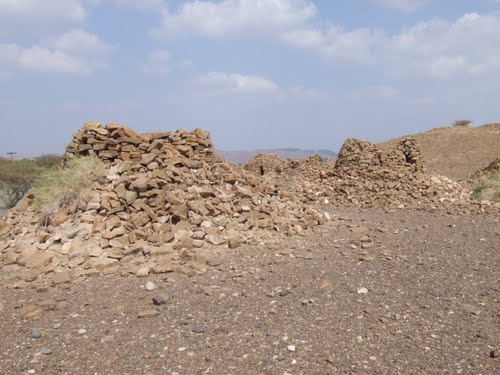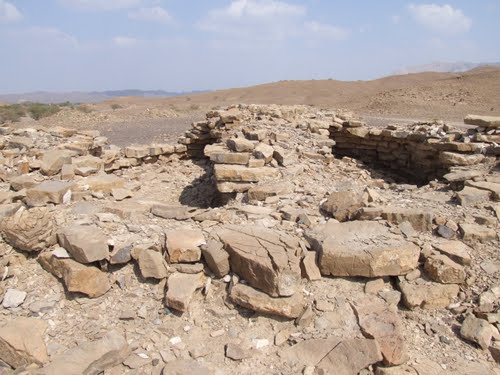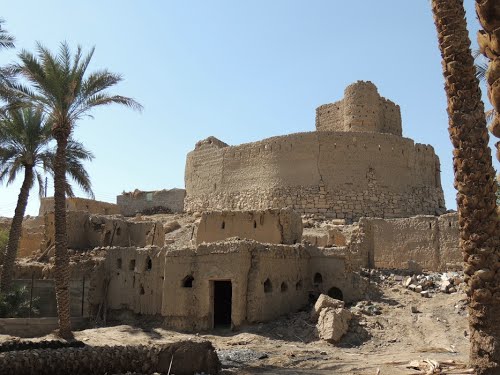The Archaeological Sites of Bat, Al-Khutm and Al-Ayn are an important group of necropolises from the 3rd Millennium BC, located near a palm grove. They were declared World Heritage by UNESCO in 1988.
Description
Studies during the last 15 years have shown the existence of numerous human settlements ranging from Persian Gulf to Gulf of Oman.
Bat
The site of Bat is located inside a palm grove. Around 3000 BC there was an intense trade of copper (extracted locally) and stone (probably diorite) with Sumerians. Several Sumerian texts, such as the Epic of Gilgamesh, called it Dilmun. The necropolis consists of 100 graves and circular buildings with a diameter of about 20 meters. These buildings had no openings to the outside, so they might have been tanks or silos, but their purpose is not known for sure. In 1972, the excavations carried out by a Danish team led by Karen Frifelt showed that the city was inhabited continuously for 4000 years.








